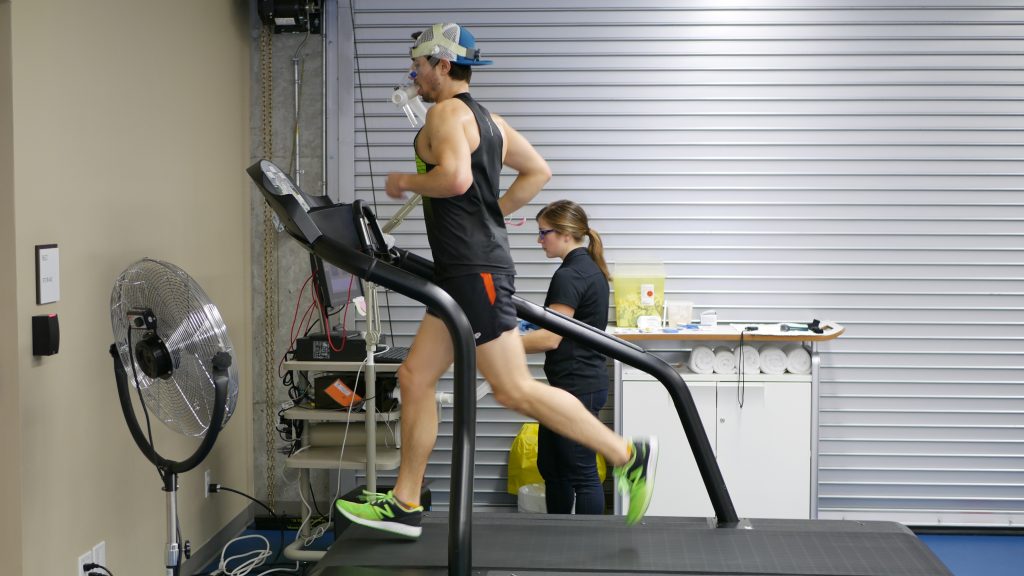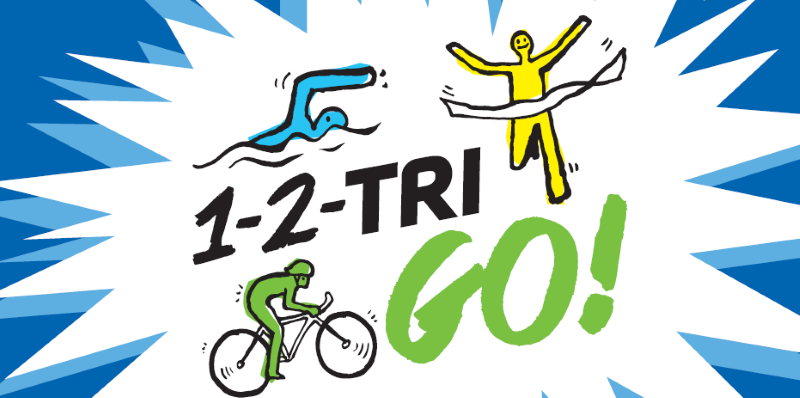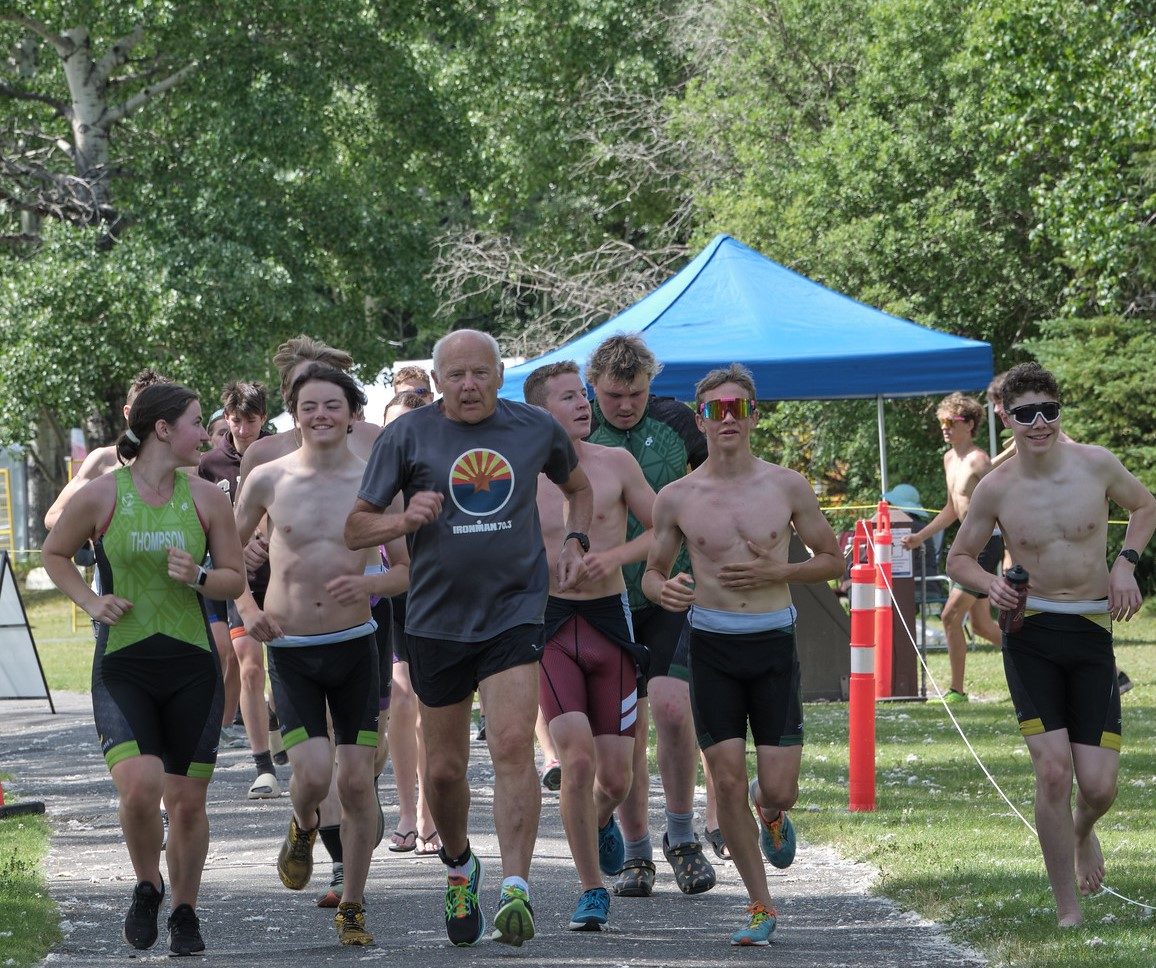By By Curb Ivanic, Strength & Conditioning Coach, Performance Running Coach
The VO2 Max test is a gauge of your maximal aerobic speed.
It is a good indicator of your overall aerobic fitness and potential, and tells you how much energy your body can produce using oxygen. Genetics are a major factor to your VO2 Max, but training and bodyweight are also important considerations.
AEROBIC AND ANAEROBIC THRESHOLDS
At the Fortius Lab a VO2 Max test can be paired with a Lactate Threshold test to obtain your Aerobic Threshold (the running pace that you could sustain for hours) and Anaerobic Threshold (the tempo pace you can only sustain for a short burst) to give you personalized training zones based on your unique physiology.
Your VO2 Max report gives you the thresholds both as a speed and as a percentage of your VO2 Max. With proper training, Anaerobic Threshold should occur up to 85 – 90% of VO2 Max and Aerobic Threshold up to 80 – 85% of VO2 Max. Elite athletes will be at the upper end of these ranges while recreational level athletes will be more at the lower end of the ranges.
BUT WHAT DOES THIS MEAN?

Let’s use the analogy of a house, first used by renowned physiologist and physician, Dr. Philip Skiba, to help understand the concept of VO2 Max and how it relates to the two thresholds.
VO2 Max is like the height of your roof. It tells us the size of your house. Elite endurance athletes have enormous mansions (large endurance capacities) while the rest of us mere mortals dwell in more moderate ranchers.
The Anaerobic Threshold is the height of your ceiling inside the house. It’s lower than the height of your roof (in between is your attic).
You can think of Aerobic Threshold as measuring how tall you are inside the house (considering the space between your head and the ceiling). This is lower than your ceiling and much lower than your roof.
Where these thresholds occur can give you a good idea of how you should be structuring your training. If the ceiling is too close to the roof (very small attic!) you need to do some work to increase the height of the roof. This would involve doing higher intensity work near your VO2 max speed.
If there is too much space between the ceiling and the roof then you’d need to spend some time building up the height of the ceiling. Likewise if you find you don’t have a lot of headroom and your head is almost brushing against the ceiling then you’d also need to increase ceiling height.
If you find yourself feeling really small in the house (way to much headroom) then with training you’d make yourself taller (in our analogy you can grow taller).
APPLYING IT TO THE DISTANCE RUNNER.
In a recent consultation with a runner at Fortius, her Anaerobic Threshold occurred at 91% (goal of 85 – 90%) while her Aerobic Threshold occurred at 61% of VO2 max (goal of 80 – 85%). Her VO2 Max was also a bit low.
If we look at the analogy, she was living in an apartment with pretty regular ceiling height, but she was very short (way too much head room). She needed to both increase the height of her roof and her own height.
My recommendations to her were to increase how much lower end work she was doing (which occurs in Zone 1, the Aerobic Zone), such as gradually building up the duration of her long runs by 10 – 15 minutes each week. After a few weeks of that she could add a weekly Zone 5 workout by running VO2 Max intervals, for example running for 1 minute at her VO2 Max speed and recovering for 1 minute. At this point she didn’t need to be doing any threshold work which is done near her Anaerobic Threshold speed (tempo pace).
VO2 MAX TESTING AT FORTIUS
The biggest benefit to testing your physiology at the Fortius Lab is to maximize the benefit you get from your training time. Knowing specifically how hard you should be working for different workouts and where you should be spending your time training will give you the best boost to your fitness. And since we’re all short on time, it pays to make your workouts efficient.
The Fortius Human Performance Lab provides endurance athletes with great information about their physiology which can help them train and race to their potential.
Did you know Triathlon BC members receive a preferred rate on select injury prevention and performance testing? If you’re a current Triathlon BC member, Redeem here to save up to 25% using promo code TriFortius2018.




